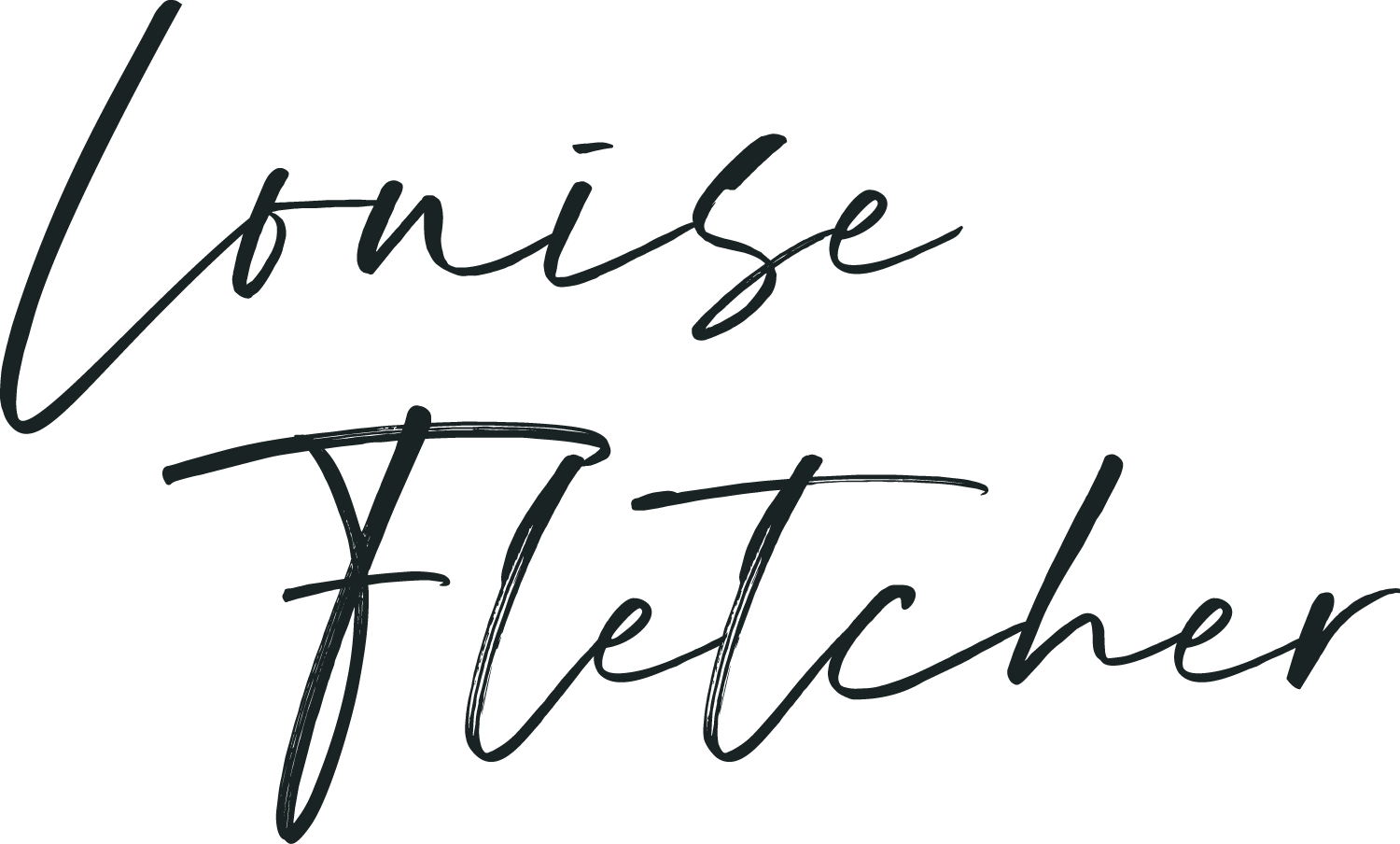Mired in the Middle? ... Yay!
Thank you so much to everyone who completed last weeks survey. I am so grateful to you :)
Now on with normal service :)
If you’re knee-deep in a painting or a series of paintings, and feeling a bit… lost — I just want to say: you’re in exactly the right place.
This week in the studio, I found myself in that familiar spot — the messy middle.
This is the stage when the honeymoon phase is over. The first few days felt fresh and exciting, full of possibility. But now I’m surrounded by half-finished, muddled paintings.
Colours are not working, or compositions are unclear. There's too much texture or not enough. The marks are too wild but then they are too tamed. At this stage, I used to start second-guessing myself. I'd wonder "have I veered off course?" or I'd question if I even should had a clear idea to begin with.
But I don't feel like that any more. I’ve come to realise: this is part of the process. In fact, it’s a crucial part.
We don’t talk about it enough — that murky, frustrating middle ground. The point where your initial burst of energy fades and you're left with unresolved layers, colour combinations that feel off, and a creeping voice in your head whispering: Maybe this whole idea was a mistake.
But here’s what I’ve learned (and need to keep re-learning):
The messy middle isn’t the end. It’s the proving ground.
It’s where your work starts to grow roots.
It’s where your own voice begins to push through the noise.
In the beginning, we’re often painting from inspiration or instinct. But in the middle, the painting starts talking back. It has its own ideas.
At first, we don't hear the message. We’re still clinging to our original idea, trying to force our vision through. But the painting (or series of paintings) is trying to become something else. Something more honest. More surprising.
And that tension — between what you thought you were making and what the painting wants to become — is where things either come alive or fall apart.
This is the moment to pause. To listen, not just push. To notice what’s actually happening on the canvas — not what you hoped would happen.
Because when we find a way to engage in that dialogue, everything changes. The painting begins to lead, and we become its partner instead of its controller.
So what helps when I hit this stage?
I stop pushing forward and start stepping back — literally. I leave the studio, go for a walk, stare at the ceiling, have a bath ... anything but keep painting.
I take photos of the work in progress and look at them on my phone — somehow the distance helps me see what’s really going on.
I journal — about what I’m trying to say, what’s missing, what I’m afraid of.
And above all, I remind myself: This is part of it. You don’t get the good stuff without going through this.
If you’re in the messy middle right now, I see you. You haven’t lost your way. You’re just halfway through.
Ask yourself "am I fighting with what my paintings want to become? Have I truly engaged with what's happening on the canvas?"
If the answer is "no" (and it usually is), now ask "where is the struggle emerging from? What is the sticking point?" Another helpful question is "what DO I like about what i've made?" because the painting's voice often lies in the parts you like.
If you can keep listening and keep engaging — patiently, curiously, bravely — you’ll emerge with something that feels better, more honest, and more you, than anything you could’ve planned from the start.
The work really does know best and the magic really does live on the other side of the fog.

